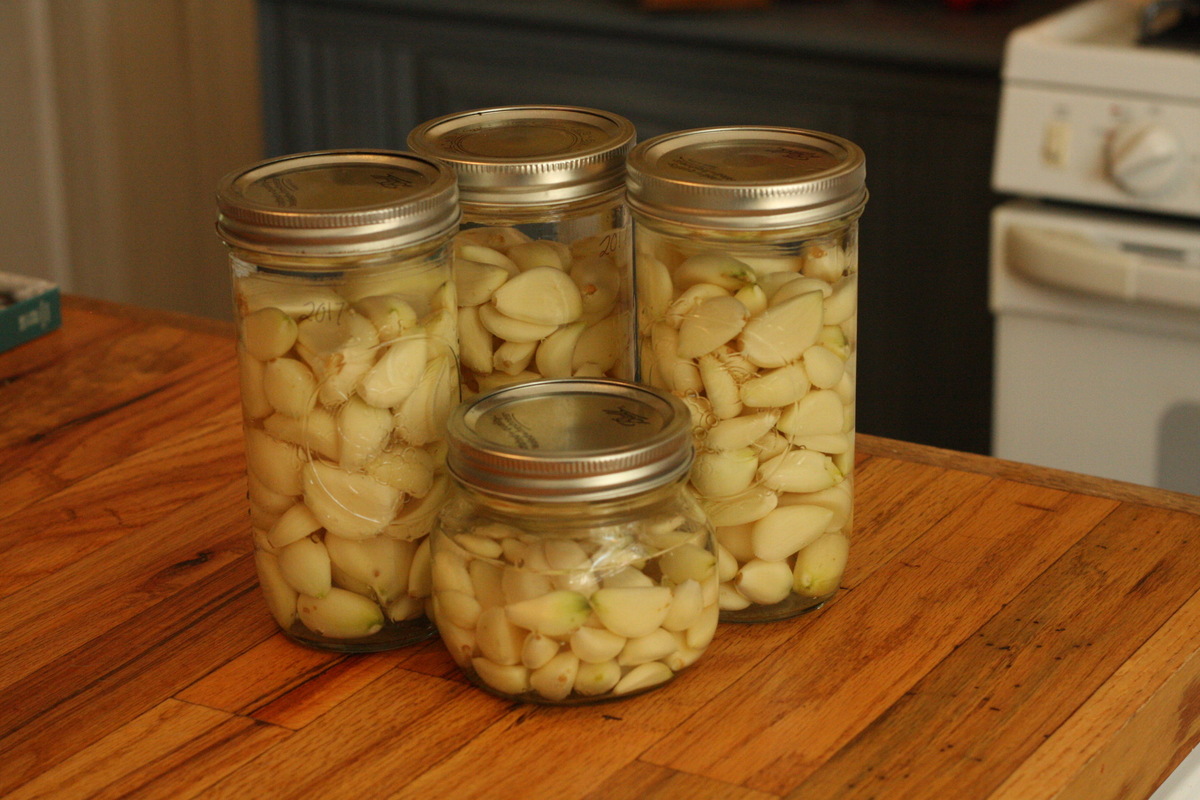

Articles
How To Store Garlic For A Long Time
Modified: February 19, 2024
Learn effective methods to store garlic for extended periods. Explore useful techniques and tips in this informative article.
(Many of the links in this article redirect to a specific reviewed product. Your purchase of these products through affiliate links helps to generate commission for Storables.com, at no extra cost. Learn more)
Introduction
Garlic is a versatile and flavorful ingredient that is used in various cuisines around the world. Whether you use it to add a kick to your favorite pasta dish or as a base for a flavorful stir-fry, properly storing garlic is essential to preserve its freshness and taste. By understanding the importance of proper storage and exploring the best methods to store garlic, you can ensure that your garlic remains flavorful for an extended period.
Garlic is a bulbous plant belonging to the Allium family, along with onions, shallots, and leeks. Known for its pungent smell and distinctive taste, garlic is widely used in cooking for its ability to enhance flavors. This powerful ingredient is not only delicious but also possesses various health benefits, including antioxidant properties and immune system support.
When it comes to preserving the quality of garlic, proper storage is crucial. Improper storage conditions can lead to premature spoilage, causing the garlic to lose its characteristic taste and aroma. If stored correctly, garlic can last for several months, ensuring that you always have fresh garlic on hand for your culinary creations.
In this article, we will delve into the significance of storing garlic properly and explore the best methods to extend its shelf life. By implementing these storage techniques, you can enjoy the full flavor of garlic for a more extended period, saving you from the disappointment of using stale or spoiled cloves.
Key Takeaways:
- Proper storage of garlic is essential to preserve its flavor, prevent spoilage, retain nutritional value, and ensure convenience. Consider factors like variety, freshness, and storage environment to maximize garlic’s shelf life.
- Storing garlic in a cool, dry place, the refrigerator, or the freezer offers various benefits and considerations. Follow essential tips, monitor for spoilage, and be mindful of signs of deterioration to enjoy fresh and flavorful garlic in your culinary creations.
Read more: How To Store Peeled Garlic For Long Time
Why is it important to store garlic properly?
Properly storing garlic is essential to maintain its freshness, flavor, and quality. The way you store garlic can greatly impact its shelf life and overall taste. Here are a few reasons why it’s important to store garlic properly:
- Preserving flavor: Garlic contains natural oils that give it its distinct flavor. When stored improperly, these oils can dissipate, resulting in a loss of flavor. By storing garlic properly, you can preserve its robust taste, ensuring that it adds a delightful punch to your dishes.
- Preventing spoilage: Garlic is susceptible to spoilage if exposed to certain conditions. Excessive moisture or exposure to heat can cause garlic cloves to become moldy, soft, or sprout. Proper storage can help extend the shelf life of garlic, minimizing the risk of spoilage and food wastage.
- Retaining nutritional value: Garlic is not only a flavorful ingredient but also a source of essential nutrients like vitamin C, vitamin B6, and manganese. When stored properly, garlic retains its nutritional value, allowing you to reap the health benefits of this aromatic herb.
- Economical: Buying garlic in bulk or harvesting it from your own garden can be a cost-effective option. Proper storage helps prevent garlic from spoiling prematurely, allowing you to use it over an extended period and make the most of your investment.
- Convenience: Having fresh garlic readily available makes meal preparation more convenient. Properly stored garlic can be easily accessed whenever needed, saving you time and effort of running to the store for a new supply.
By understanding the importance of proper garlic storage and implementing the right techniques, you can ensure that your garlic remains flavorful and of high quality for an extended period. The next section will explore the key factors to consider before storing garlic.
Factors to consider before storing garlic
Before storing garlic, it’s essential to consider a few factors that can affect its shelf life and overall quality. By taking these factors into account, you can ensure that your garlic remains fresh and flavorful for as long as possible. Here are some key factors to consider:
- Variety of garlic: Different varieties of garlic have varying levels of storage potential. Softneck garlic, which is commonly found in grocery stores, has a longer shelf life compared to hardneck garlic. Understanding the variety of garlic you have will help you determine the appropriate storage method.
- Garlic freshness: Garlic that is fresh and recently harvested will generally have a longer shelf life compared to garlic that has been stored for a while. It’s best to use garlic within a few months of harvest to ensure optimal taste and quality.
- Garlic condition: Check the condition of your garlic before storing it. Avoid storing garlic cloves that are moldy, damaged, or have sprouted. Separate cloves that are already sprouting as they tend to have a shorter shelf life.
- Storage environment: The storage environment plays a crucial role in preserving garlic. Factors such as temperature, humidity, and exposure to light can affect the shelf life of garlic. It’s important to select a storage method that provides the appropriate conditions for garlic preservation.
- Length of storage: The length of time you intend to store garlic can also influence your storage method choice. If you only need to store garlic for a few weeks, different methods may be suitable compared to long-term storage that spans several months.
By considering these factors, you can make informed decisions about the storage method that best suits your needs. In the next section, we will explore the best storage methods for garlic, along with their respective benefits and considerations.
Best storage methods for garlic
When it comes to storing garlic, there are several methods you can choose from, depending on your preferences and the duration for which you need to preserve it. Here are the best storage methods for garlic:
- Storing garlic in a cool, dry place: One of the simplest and most common methods of storing garlic is to keep it in a cool, dry place. A cool, dry environment helps prevent moisture buildup, which can lead to mold and spoilage. Choose a location away from heat sources, such as the stove or direct sunlight, as excessive heat can cause the garlic to deteriorate more quickly.
- Storing garlic in the refrigerator: If you live in a warmer climate or need to store garlic for a longer period, refrigeration can be a suitable method. Place whole bulbs or unpeeled cloves in a perforated or breathable container to allow for proper air circulation. Keep in mind that refrigeration can sometimes induce sprouting, so check your garlic regularly and remove any sprouted cloves.
- Storing garlic in the freezer: Freezing garlic is an excellent option for long-term storage. Peel and mince the garlic, then store it in an airtight container or freeze it in ice cube trays with some olive oil or water. This method allows for easy portioning, as you can take out a cube or two whenever needed. Just ensure that the garlic is completely dry before freezing to prevent freezer burn.
Each method has its own benefits and considerations, so choose the one that best meets your storage needs. Keep in mind that whole bulbs typically have a longer shelf life compared to peeled cloves, as peeling exposes the garlic to air and moisture.
Now that we’ve explored the best storage methods for garlic, let’s move on to some tips that can help you store garlic effectively and maximize its shelf life.
Method 1: Storing garlic in a cool, dry place
Storing garlic in a cool, dry place is one of the simplest and most popular methods for preserving its freshness. Here’s how you can store garlic in a cool, dry place:
- Choose the right location: Select a cool area in your kitchen or pantry that is away from direct sunlight and heat sources like the stove or oven. The ideal temperature for storing garlic is around 60°F to 65°F (15°C to 18°C).
- Use a breathable container: Place your garlic bulbs or individual cloves in a container that allows for air circulation. Avoid using plastic bags or airtight containers, as they can trap moisture and promote mold growth. A wire mesh basket, a wooden crate, or a paper bag with holes are suitable options.
- Keep garlic whole: If you’re storing whole garlic bulbs, leave them intact with their papery skin on. The skin acts as a protective layer and helps prevent moisture loss. Only separate the cloves when you’re ready to use them.
- Monitor regularly: Check on your stored garlic periodically to ensure that it remains dry and hasn’t started to sprout or develop mold. Remove any garlic cloves or bulbs that show signs of spoilage to prevent it from affecting the rest of the stash.
By storing garlic in a cool, dry place, you can extend its shelf life and maintain its flavor. However, note that this method is better suited for short-term storage (several weeks to a couple of months). If you need to store garlic for a longer period, you may consider alternative methods, such as refrigeration or freezing, which we will discuss in the following sections.
Now that you know how to store garlic in a cool, dry place, let’s explore another popular method: storing garlic in the refrigerator.
Store garlic in a cool, dark place with good air circulation, like a pantry or a mesh bag hung in a well-ventilated area. Avoid storing in the fridge or in plastic bags, as this can cause mold and sprouting.
Read more: How To Store Garlic Long Term
Method 2: Storing garlic in the refrigerator
If you live in a warmer climate or need to store garlic for a longer period, refrigeration can be an effective method. Here’s how you can store garlic in the refrigerator:
- Prepare the garlic: Start by separating the garlic into individual cloves if they are still attached. Leave the skin on, as it helps protect the cloves and maintain their freshness.
- Choose a breathable container: Place the unpeeled garlic cloves in a breathable container, such as a mesh bag, a paper bag with holes, or a garlic keeper with ventilation. These containers allow for adequate air circulation, preventing moisture buildup.
- Store in the refrigerator: Find a spot in the refrigerator that is relatively cool and has consistent temperatures, such as the vegetable drawer or a top shelf. Avoid storing garlic near foods with strong odors, as garlic can absorb these flavors.
- Check regularly: Monitor the stored garlic regularly to ensure it remains dry and hasn’t started to sprout or develop mold. Remove any spoiling cloves promptly to avoid affecting the rest of the garlic.
Refrigeration can help extend the shelf life of garlic, especially in warmer climates where it tends to spoil more quickly. However, it’s important to note that refrigeration may cause some cloves to develop small green sprouts. If this occurs, simply remove the sprouted center before using the clove.
Remember to use refrigerated garlic within a few months to maintain its optimal flavor. If you don’t plan to use the garlic within that time frame, you can consider freezing it, which we will discuss in the next section.
Now that you know how to store garlic in the refrigerator, let’s explore an alternative method: storing garlic in the freezer.
Method 3: Storing garlic in the freezer
If you want to store garlic for an extended period, freezing is an excellent option. Freezing garlic helps retain its flavor and can extend its shelf life for several months. Here’s how you can store garlic in the freezer:
- Prepare the garlic: Start by peeling and mincing the garlic cloves. You can also choose to keep the cloves whole if you prefer. Make sure the garlic is clean and dry before proceeding.
- Choose a storage container: Use an airtight container, such as a freezer-safe plastic bag or airtight containers, to store the garlic. Alternatively, you can freeze the garlic in ice cube trays with a little olive oil or water.
- Portion the garlic: Divide the minced or whole garlic cloves into small portions that you are likely to use in one go. This way, you can easily take out the required amount without thawing the whole batch.
- Label and date: It’s crucial to label the storage container or ice cube trays with the date and contents. This will help you keep track of the freshness and prevent confusion when retrieving the frozen garlic.
- Freeze the garlic: Place the container or ice cube trays in the freezer and allow the garlic to freeze completely. Freezing inhibits the growth of bacteria and enzymes, keeping the garlic fresh for an extended period.
When you need to use frozen garlic, simply take out the desired portion and thaw it in the refrigerator or at room temperature before using. The texture of the garlic may change after freezing, but the flavor remains intact, making it a convenient option for future recipes.
It’s important to note that freezing garlic can cause the cloves to become slightly softer than fresh garlic. However, this doesn’t affect the taste or usability of the garlic.
Now that you know how to store garlic in the freezer, it’s time to discover some essential tips for effective garlic storage.
Tips for storing garlic effectively
To ensure that your garlic stays fresh and flavorful for as long as possible, here are some essential tips for effective garlic storage:
- Avoid storing garlic in the refrigerator door: The refrigerator door is subject to temperature fluctuations every time it is opened, which can affect the quality of the garlic. Instead, store it in a more stable area, such as the vegetable drawer or a top shelf.
- Keep garlic away from moisture: Garlic is susceptible to moisture, which can cause it to sprout or develop mold. Ensure that the storage area is dry and well-ventilated. If the garlic becomes damp, gently pat it dry before storing.
- Don’t store garlic near strong-smelling foods: Garlic has a strong aroma that can transfer to other foods if stored in close proximity. Keep it away from fruits, vegetables, and other produce that may absorb its scent.
- Avoid exposing garlic to direct sunlight: Sunlight can cause garlic to sprout or become bitter. Store it in a dark or dimly lit area to maintain its quality.
- Separate cloves when storing: If storing individual garlic cloves, keep them separate to prevent one spoiling clove from affecting the others. They can be stored in a small bowl, container, or even a garlic keeper with separate compartments.
- Use opaque containers for freezer storage: When freezing garlic, opt for opaque containers or wrap the garlic tightly in aluminum foil to prevent exposure to light, which can deteriorate its quality.
- Label and date storage containers: Properly label the storage containers with the date and contents. This will help you keep track of the freshness and ensure you use the oldest garlic first.
- Store peeled garlic submerged in oil: If you prefer to have peeled garlic readily available, immerse the cloves in olive oil and store them in the refrigerator. However, note that this method shortens the shelf life to a couple of weeks.
By following these tips, you can maximize the shelf life of garlic and maintain its optimal flavor for all your culinary endeavors.
Now that you have learned the best storage methods and essential tips for effective garlic storage, it’s essential to know how to determine whether your garlic has gone bad. Let’s explore that in the next section.
How to tell if garlic has gone bad
Garlic is a perishable ingredient, and it’s important to know how to identify signs of spoilage. Here are some indications that garlic has gone bad:
- Mold or discoloration: If you notice any green or blue mold growing on the garlic bulb or cloves, it is a clear sign that the garlic has spoiled. Discard garlic with visible mold to prevent the spread of spores.
- Slimy texture: Garlic that feels slimy or sticky to the touch is another indication that it has deteriorated. This sliminess is often a result of bacterial growth, rendering the garlic unfit for consumption.
- Unpleasant odor: While garlic naturally has a strong aroma, spoiled garlic may have an unpleasant or foul smell. If the garlic emits a rancid or sulfurous odor, it is no longer fresh and should be discarded.
- Sprouting or soft cloves: Sprouting is a natural process for garlic, but excessive sprouting indicates that it has aged and is past its prime. Additionally, if the cloves feel soft or mushy, it’s a sign that the garlic has gone bad.
- Taste alteration: If garlic tastes bitter, acidic, or off, it is an indication that it has spoiled. Fresh garlic should have a sharp, pungent, and slightly sweet taste that enhances the flavors of your dishes.
When using garlic, always inspect it before incorporating it into your recipes. If you notice any of the above signs, it’s best to discard the spoiled garlic and use fresh cloves.
To prevent garlic from going bad quickly, ensure proper storage conditions, including a cool, dry place, away from moisture and heat. Regularly check on your stored garlic to identify any signs of spoilage and promptly remove any affected cloves to prevent further contamination.
By being aware of these signs of spoilage, you can ensure that you always have fresh and flavorful garlic for your culinary endeavors.
With this knowledge, you are equipped to store garlic effectively and enjoy its wonderful flavors for an extended period.
Now, let’s wrap up this article.
Read more: How To Store Rice For A Long Time
Conclusion
Properly storing garlic is crucial for preserving its freshness, flavor, and quality. By understanding the importance of storing garlic properly and implementing the right storage methods, you can enjoy the full flavor of garlic for an extended period. Whether you choose to store garlic in a cool, dry place, in the refrigerator, or in the freezer, each method has its own benefits and considerations based on your storage needs and preferences.
Before storing garlic, consider factors such as the variety of garlic, its freshness, condition, storage environment, and the length of storage you require. These factors can impact the shelf life and quality of garlic. By considering these factors and following the appropriate storage methods, you can extend the shelf life of garlic and enjoy its robust taste and health benefits.
Additionally, implementing some essential tips such as keeping garlic away from moisture, storing it in breathable containers, and avoiding exposure to heat and sunlight can further enhance the longevity of your garlic supply. Regularly monitoring and removing any spoiled garlic cloves are also essential to prevent the spread of spoilage to the rest of your stash.
By knowing how to tell if garlic has gone bad through signs such as mold, discoloration, sliminess, unpleasant odor, and taste alteration, you can ensure that you are using fresh and safe garlic in your cooking.
Now that you have learned the best practices for storing garlic, you can confidently store your garlic supply and enjoy its delightful flavor in various culinary creations. Whether it’s a classic pasta dish, a hearty stew, or a savory roast, fresh garlic will elevate your dishes and make every bite flavorful.
So, take care of your garlic, store it properly, and let its aromatic essence enhance your cooking adventures. Happy cooking!
Frequently Asked Questions about How To Store Garlic For A Long Time
Was this page helpful?
At Storables.com, we guarantee accurate and reliable information. Our content, validated by Expert Board Contributors, is crafted following stringent Editorial Policies. We're committed to providing you with well-researched, expert-backed insights for all your informational needs.
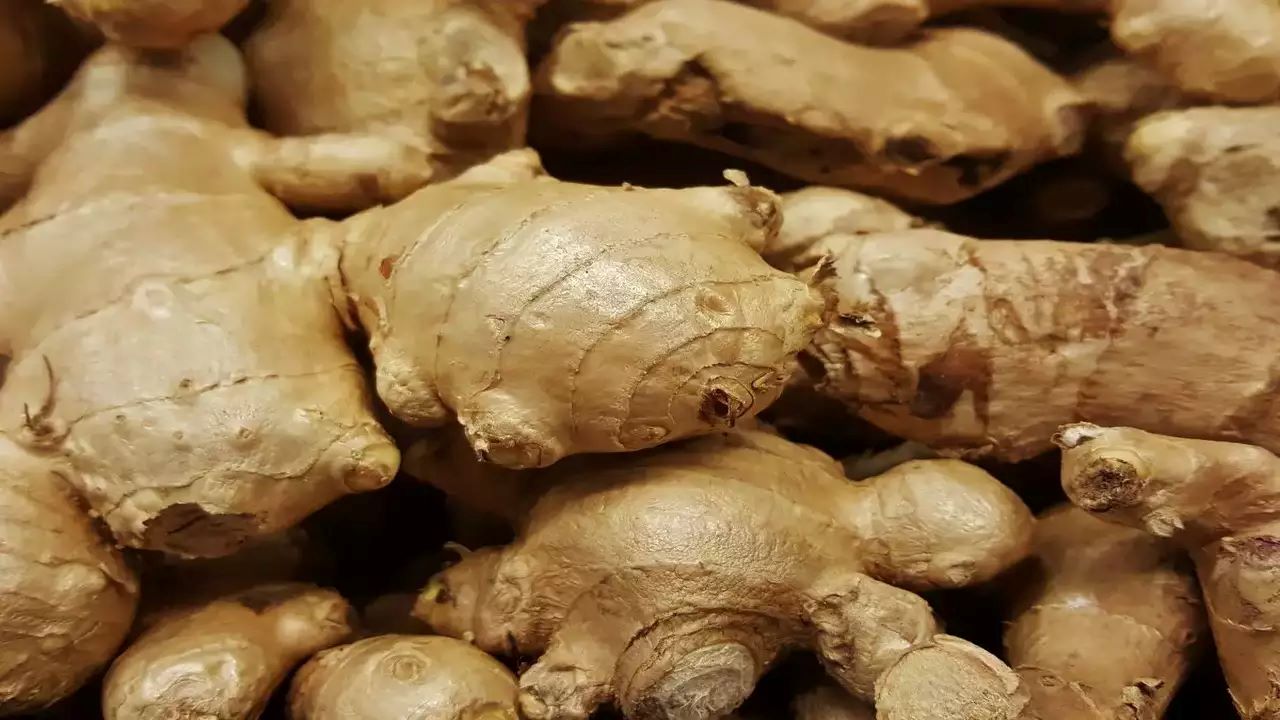

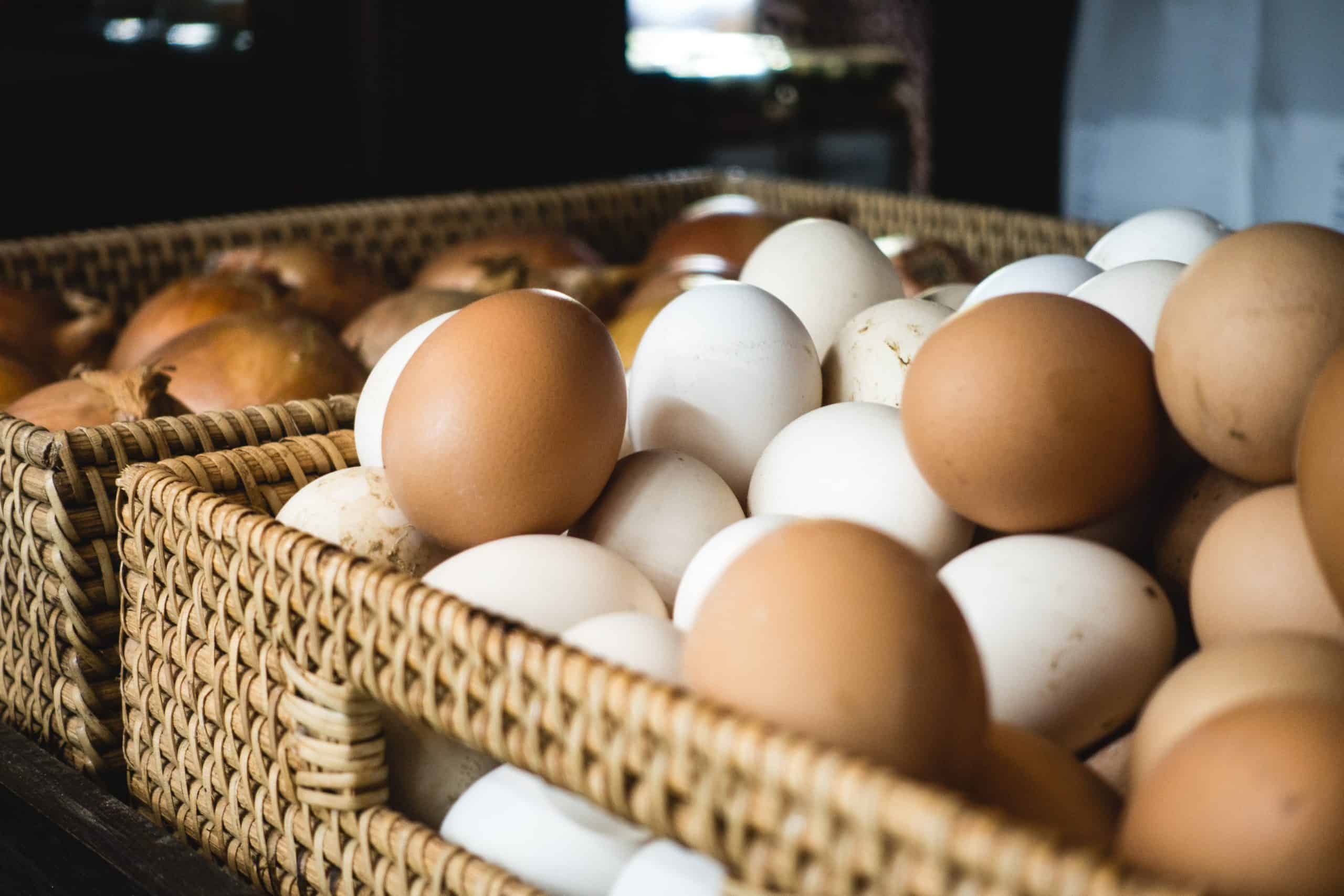

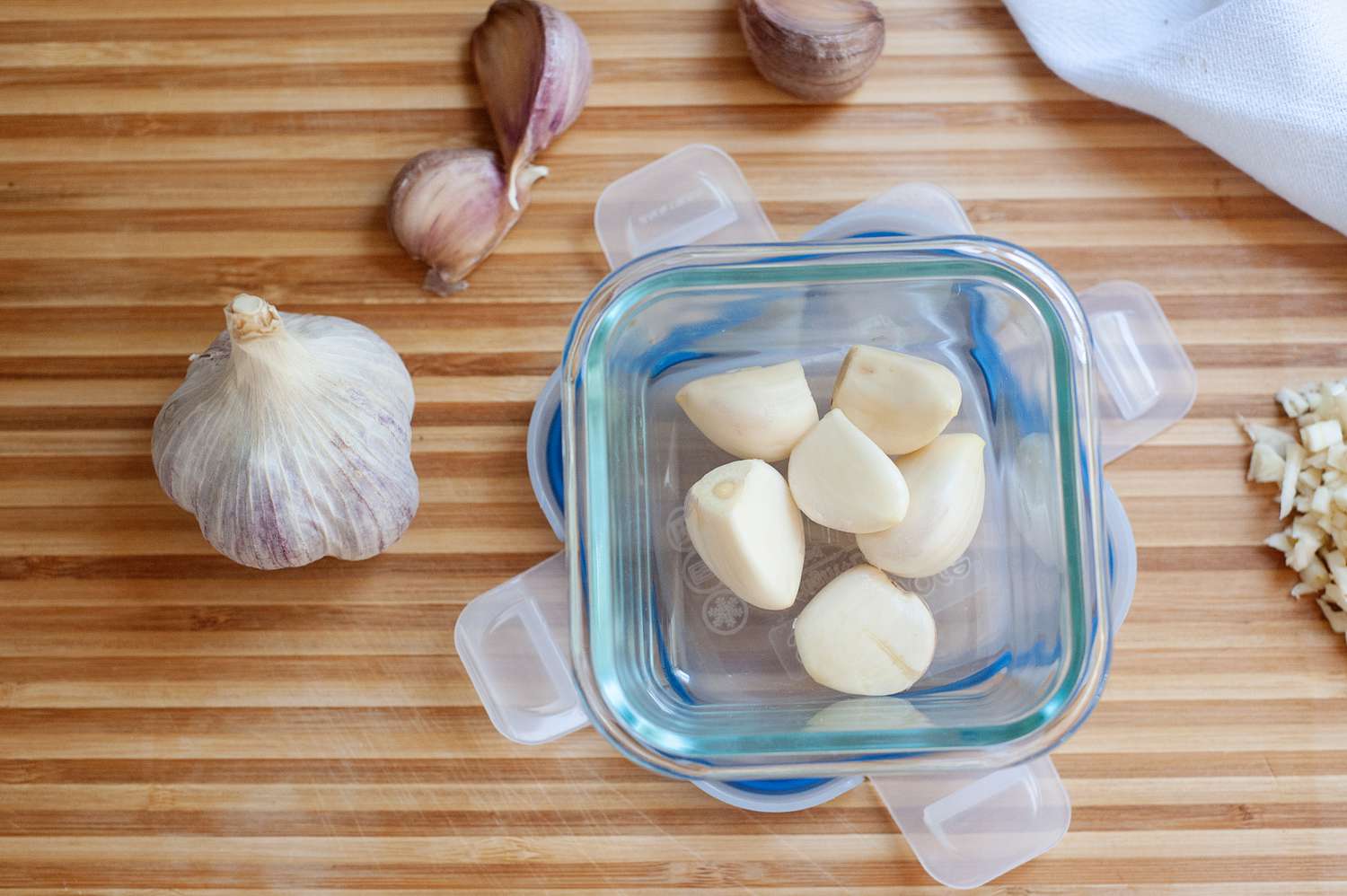
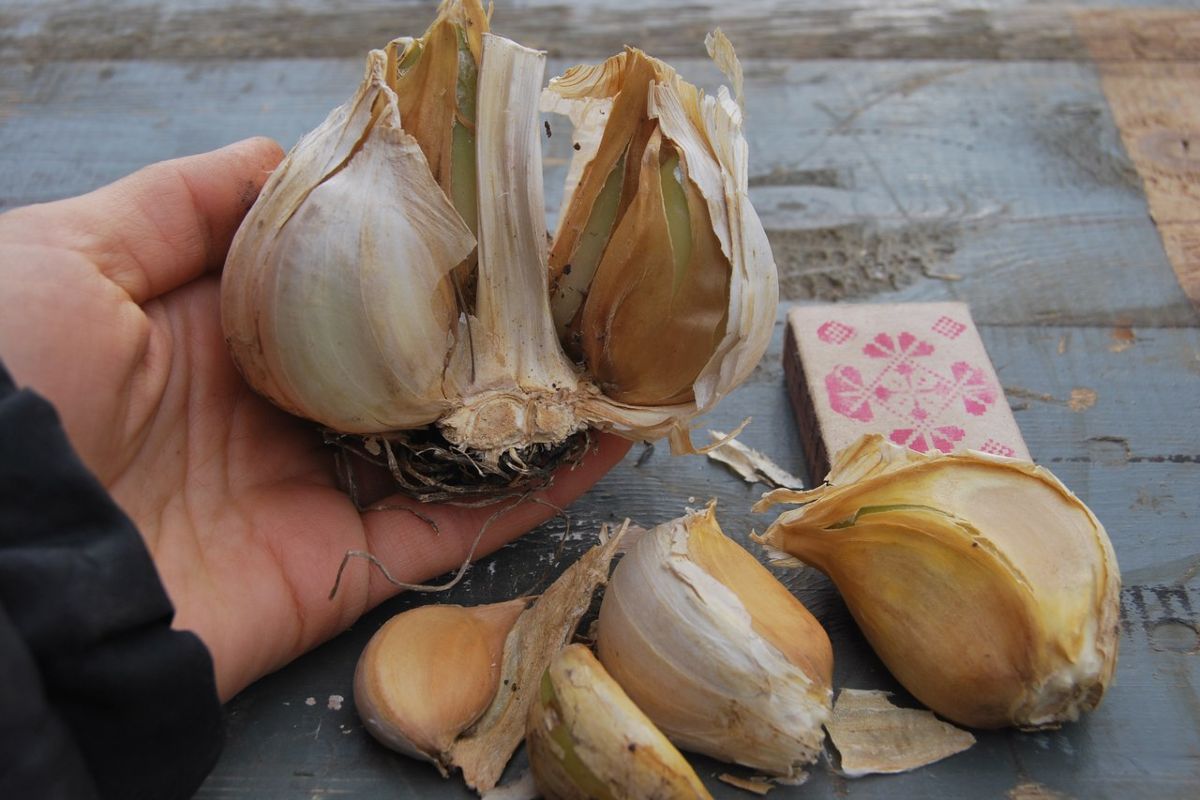
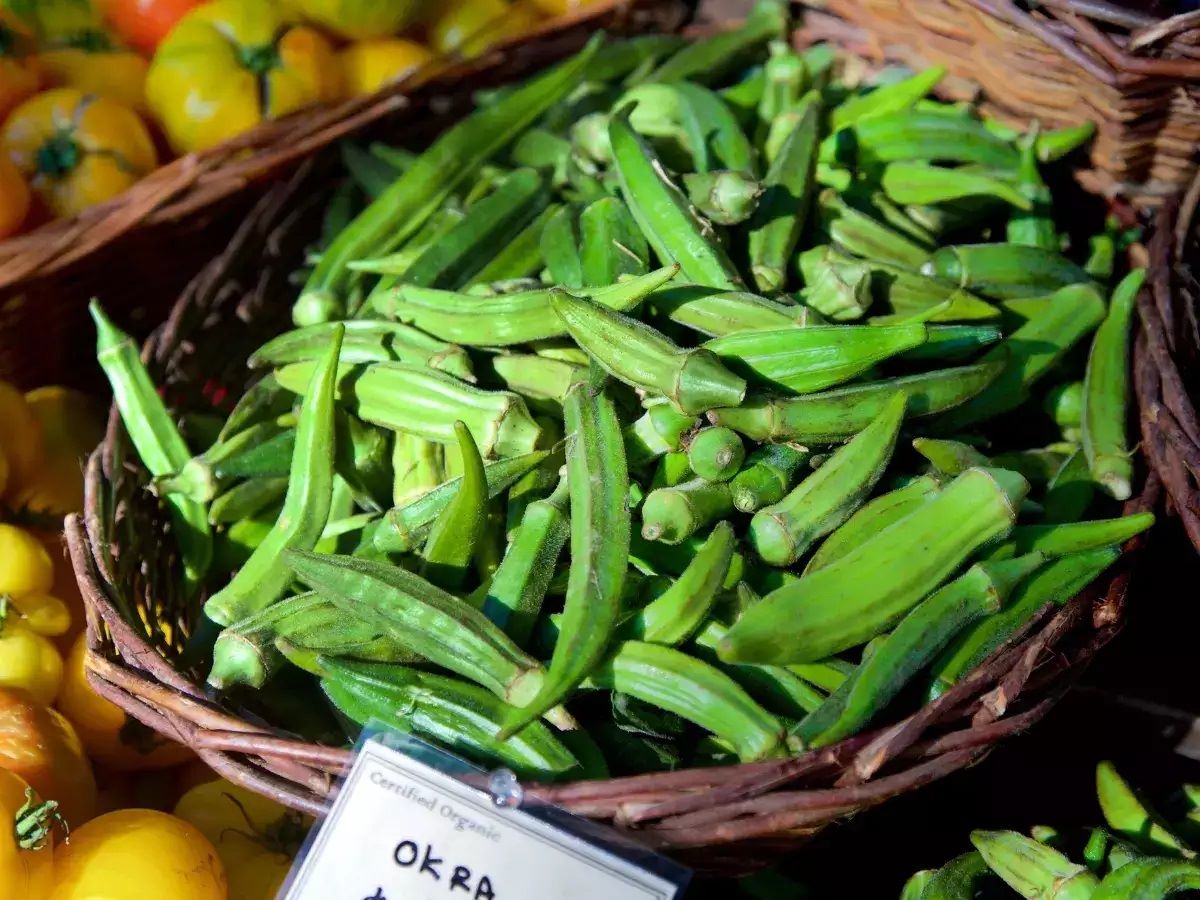
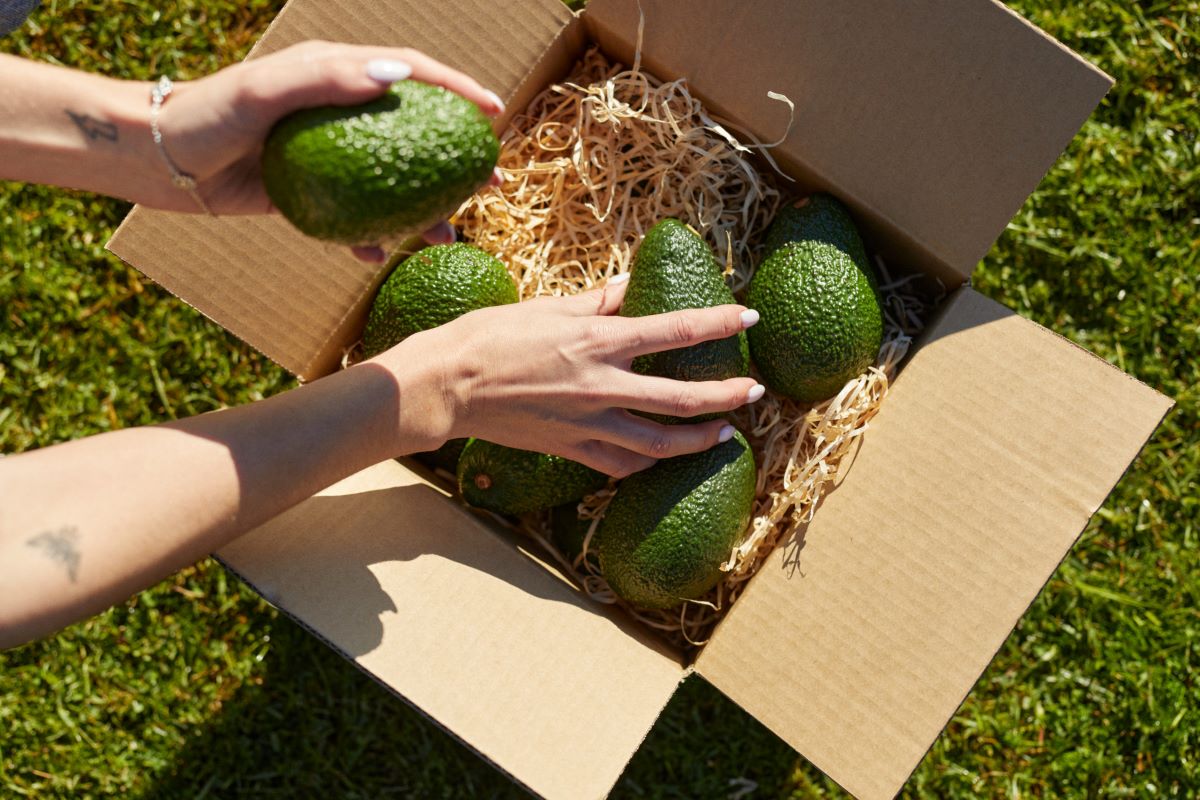
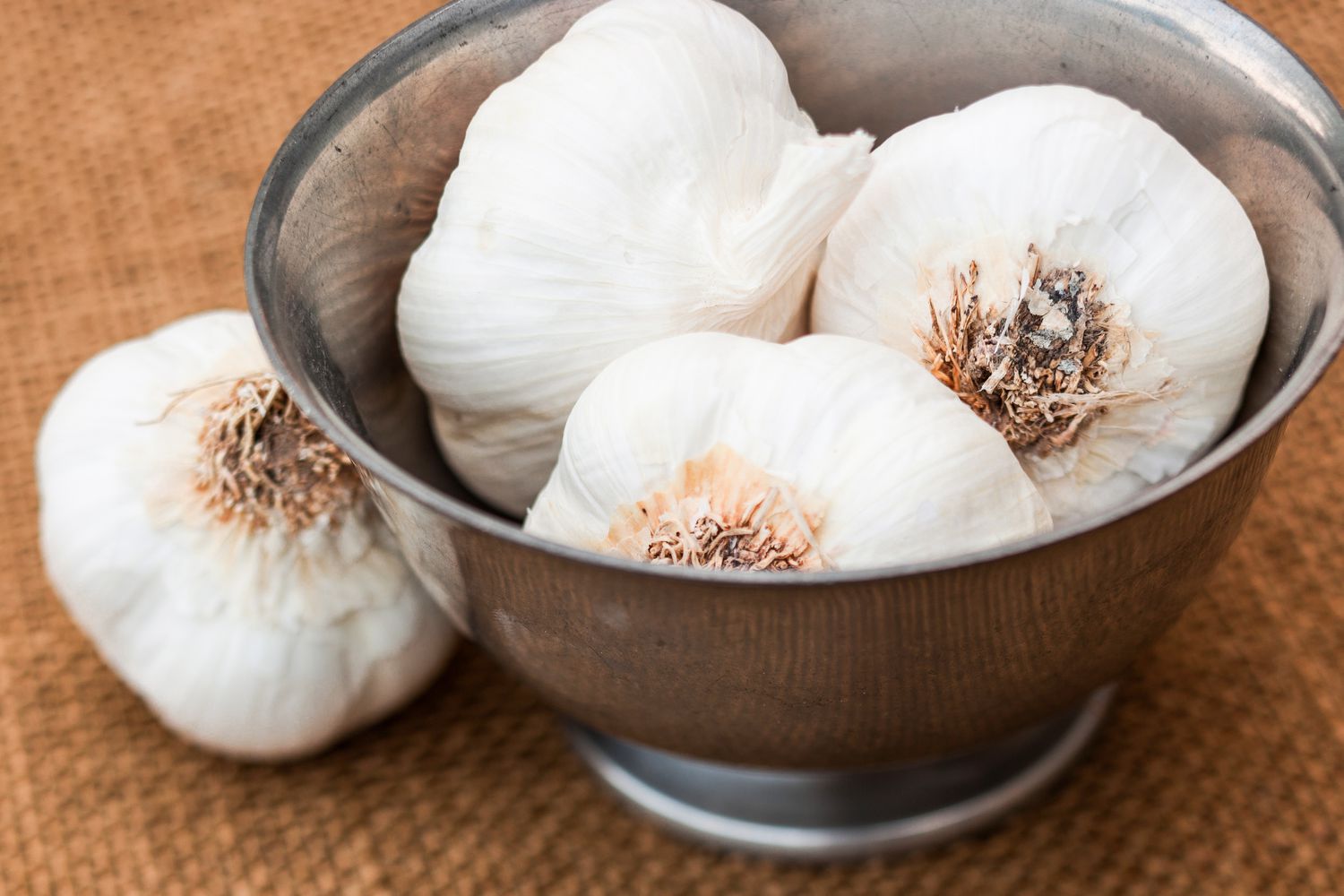
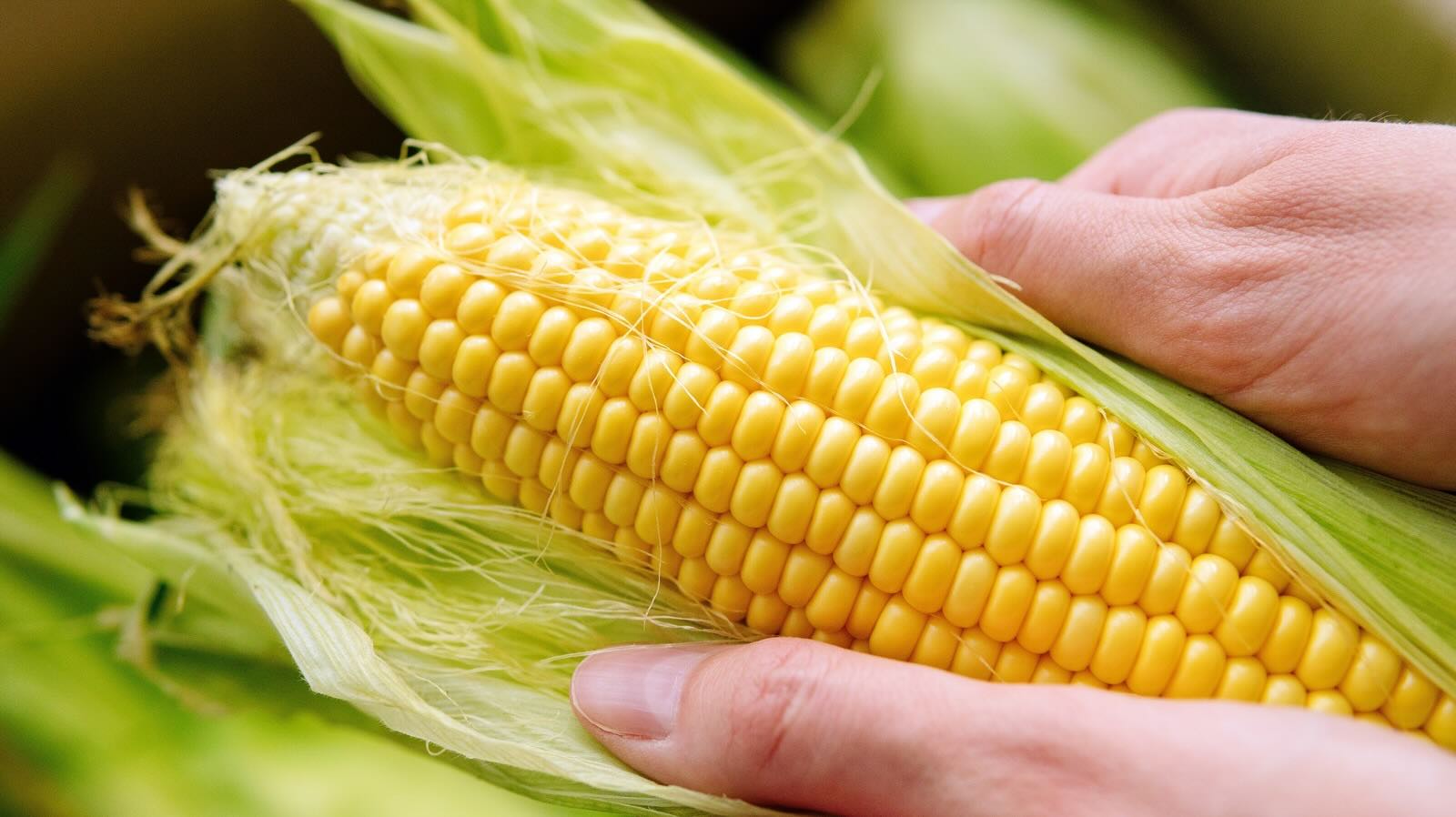
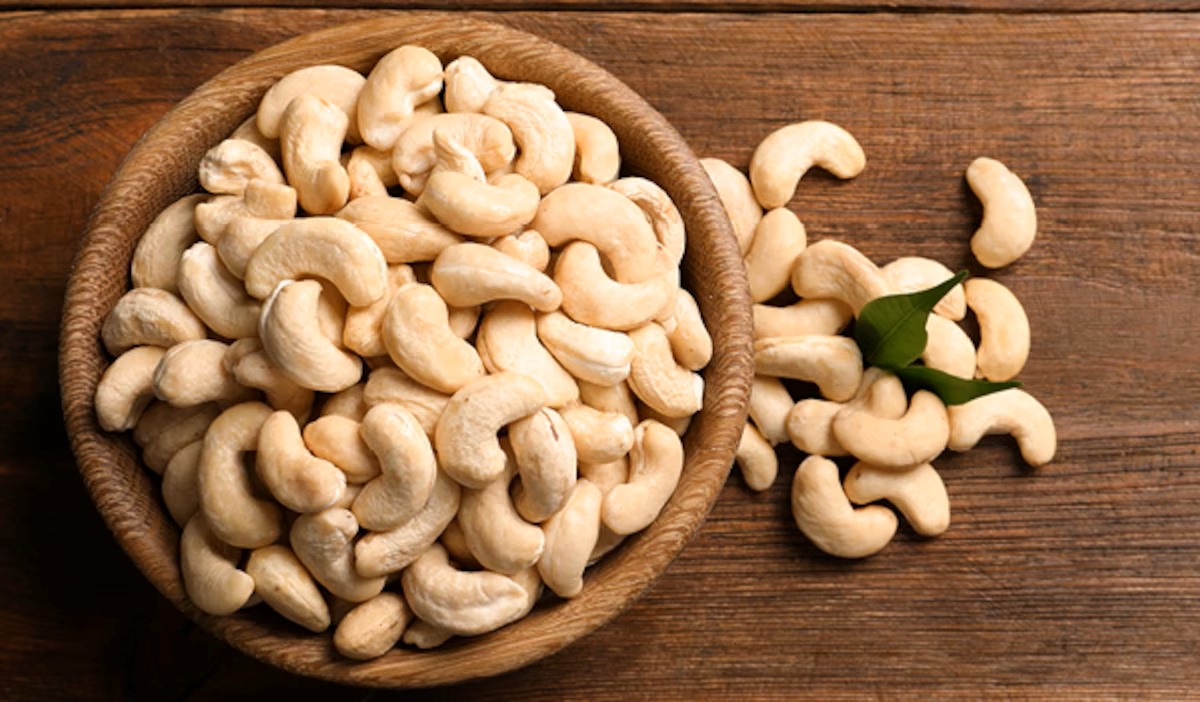
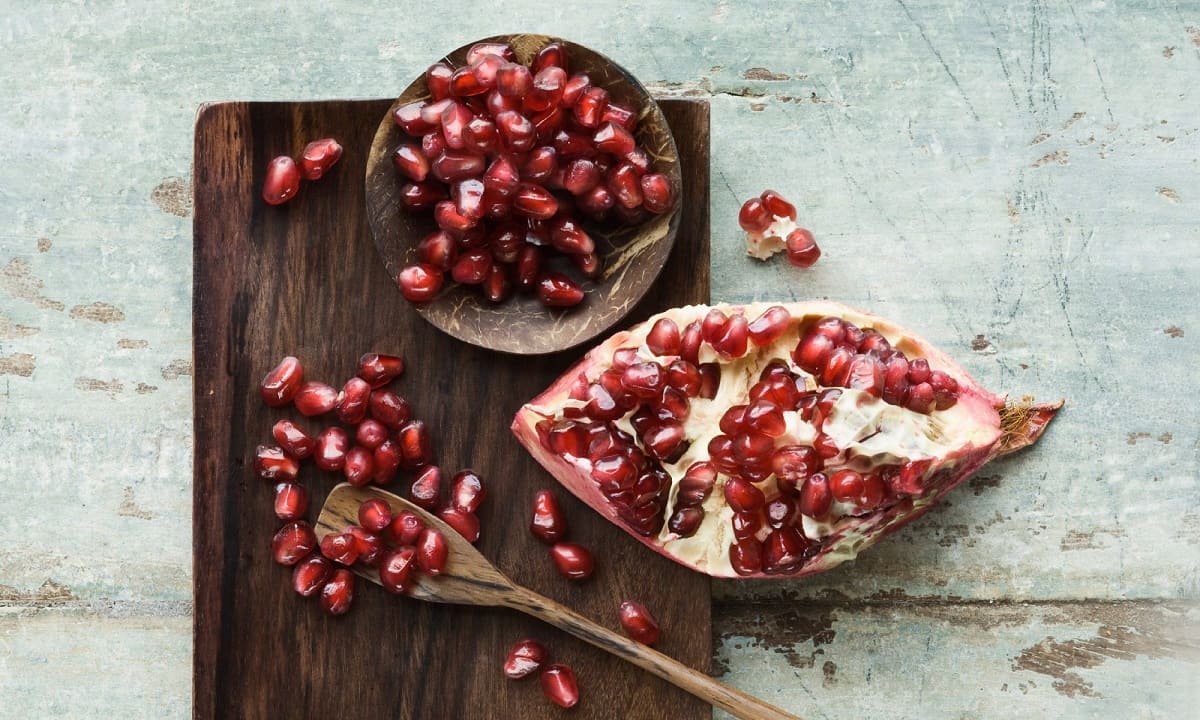
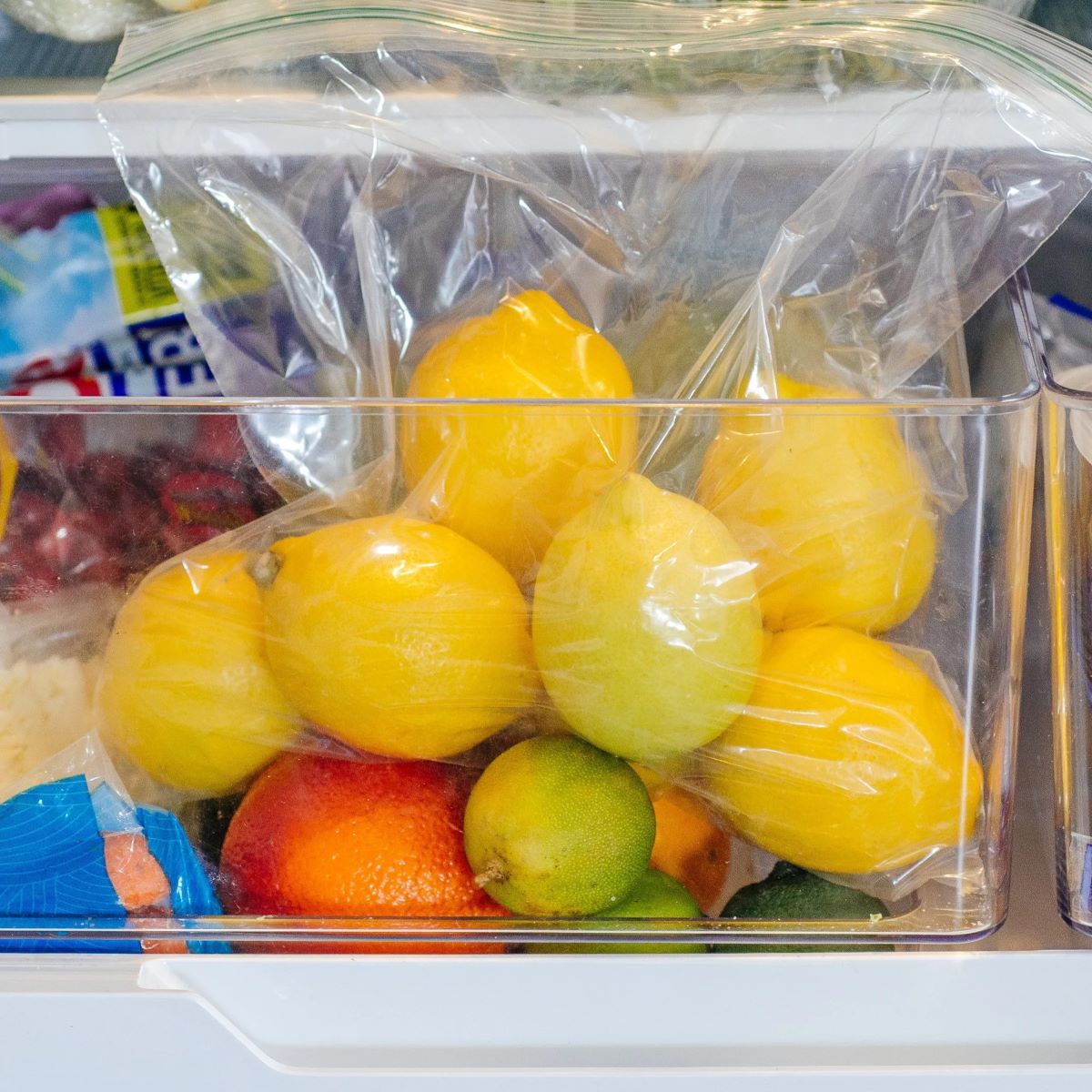

0 thoughts on “How To Store Garlic For A Long Time”